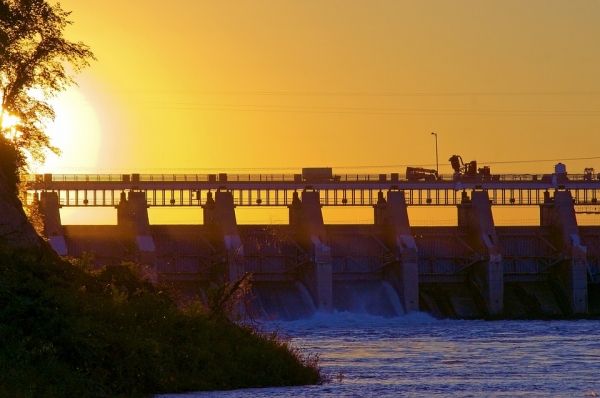It is a telling illustration of the precarious state of United States dams that the near-collapse in February 2017 of Oroville Dam, the nation’s tallest, occurred in California, considered one of the nation’s leading states in dam safety management.
The Oroville incident forced the evacuation of nearly 190,000 people and cost the state $1.1 billion in repairs. It took its place as a seminal event in the history of U.S. dam safety, ranking just below the failures in the 1970s of two dams — Teton Dam in Idaho and Kelly Barnes in Georgia — that killed 14 and 39 people, respectively, and ushered in the modern dam safety era.
The incident at the half-century-old, 770-foot-high Oroville Dam, which involved partial disintegration of its two spillways during a heavy but not unprecedented rainstorm, signaled the inadequacy of methods customarily used throughout the country to assess dam safety and carry out repairs. It occurred as federal dam safety officials have made substantial progress in updating methods of dam assessment, in the process propelling dam safety practices into the 21st century. But federal and state dam safety officials have been unable to procure from disinterested state legislatures and Congress the tens of billions of dollars needed for repairs to the nation’s aging dam infrastructure.
Largely as a result of the funding shortfall, in its latest infrastructure report card, in 2017, the American Society of Civil Engineers (ASCE) gave the nation’s 91,000-plus dams a D grade, the same grade they have received in every ASCE report card since the first one was issued in 1998. The ASCE estimated the cost of rehabilitating dams whose failure would threaten human life at nearly $45 billion, and the cost of fixing all dams in need of repair at more than $64 billion. This year, the Association of State Dam Safety Officials (ASDSO) arrived at an even higher number — nearly $71 billion for all dams.
Read more at Yale Environment 360
Photo credit: MikeGoad via Pixabay


